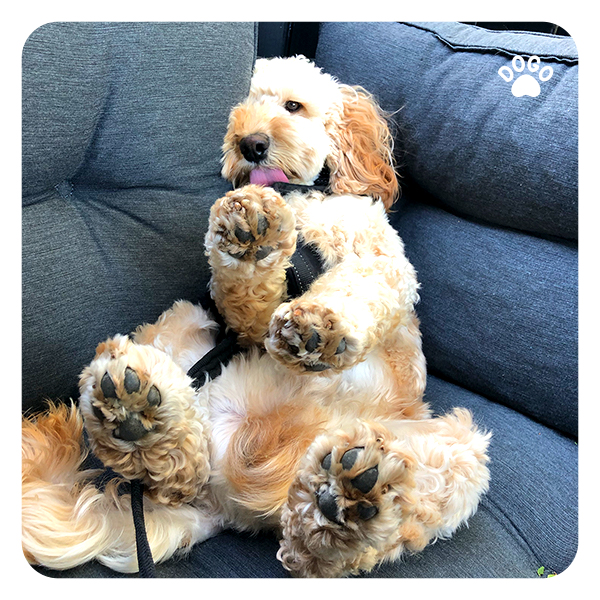 If you’ve noticed your furry friend constantly chewing on his paws, you’re not alone. It’s a common concern for many dog owners. Seeing your dog in discomfort can be distressing, and you’re probably wondering what you can do to help. In this blog post, we’ll explore the reasons behind this behavior and discuss some effective strategies to help your dog stop chewing his paws.
If you’ve noticed your furry friend constantly chewing on his paws, you’re not alone. It’s a common concern for many dog owners. Seeing your dog in discomfort can be distressing, and you’re probably wondering what you can do to help. In this blog post, we’ll explore the reasons behind this behavior and discuss some effective strategies to help your dog stop chewing his paws.
Understanding the Reasons Behind Paw Chewing
First and foremost, it’s essential to understand that paw chewing in dogs can stem from various reasons. It could be due to allergies, skin irritation, boredom, anxiety, or even a medical issue. Allergies are one of the most common causes of paw chewing in dogs. Just like humans, dogs can have allergic reactions to certain foods, environmental factors, or even fleas. Additionally, dogs may chew their paws as a way to self-soothe when they’re feeling anxious or bored. Identifying the underlying cause is crucial in addressing and resolving this behavior.
Consulting a Veterinarian
If you notice your dog excessively chewing his paws, it’s advisable to consult with a veterinarian. A vet can help rule out any potential medical issues and provide valuable insights into the specific cause of your dog’s paw chewing. They may conduct tests to check for allergies, skin conditions, or any other underlying health concerns. By working closely with a professional, you can gain a better understanding of your dog’s condition and receive tailored advice for managing and addressing the behavior.
Creating a Stimulating Environment
In some cases, paw chewing can be a result of boredom or anxiety. Dogs, like humans, need mental and physical stimulation to stay happy and healthy. If your dog is left alone for extended periods or doesn’t engage in enough physical activity, they may resort to chewing their paws as a way to cope with the lack of stimulation. Creating a stimulating environment for your dog can help alleviate this behavior. This may involve incorporating interactive toys, engaging in regular playtime, and providing opportunities for mental stimulation through training exercises and games.
Addressing Allergies and Skin Irritation
As mentioned earlier, allergies and skin irritation are common culprits behind paw chewing in dogs. If your dog has allergies, it’s important to identify the allergen and take steps to minimize exposure. This may involve changing your dog’s diet, using hypoallergenic grooming products, or making adjustments to your home environment. Additionally, keeping your dog’s paws clean and dry can help prevent skin irritation and reduce the urge to chew. Regularly inspect your dog’s paws for any signs of redness, inflammation, or irritation, and consult with your vet for appropriate skincare recommendations.
Seeking Behavioral Support
For some dogs, paw chewing may be linked to underlying behavioral issues such as anxiety or compulsive behavior. In such cases, seeking the guidance of a professional dog trainer or behaviorist can be beneficial. These experts can help identify the root cause of the behavior and develop a tailored plan to address it. By implementing positive reinforcement techniques and behavior modification exercises, you can work towards helping your dog overcome the urge to chew his paws and find healthier ways to cope with any underlying anxieties or compulsions.
In conclusion, addressing paw chewing in dogs requires patience, understanding, and a proactive approach. By identifying the underlying cause, seeking professional guidance, creating a stimulating environment, and addressing potential allergies or skin irritation, you can help your dog overcome this behavior and lead a happier, more comfortable life. Remember, every dog is unique, so it’s important to approach the situation with empathy and a willingness to explore the best solutions for your furry companion.
[/fusion_text]

